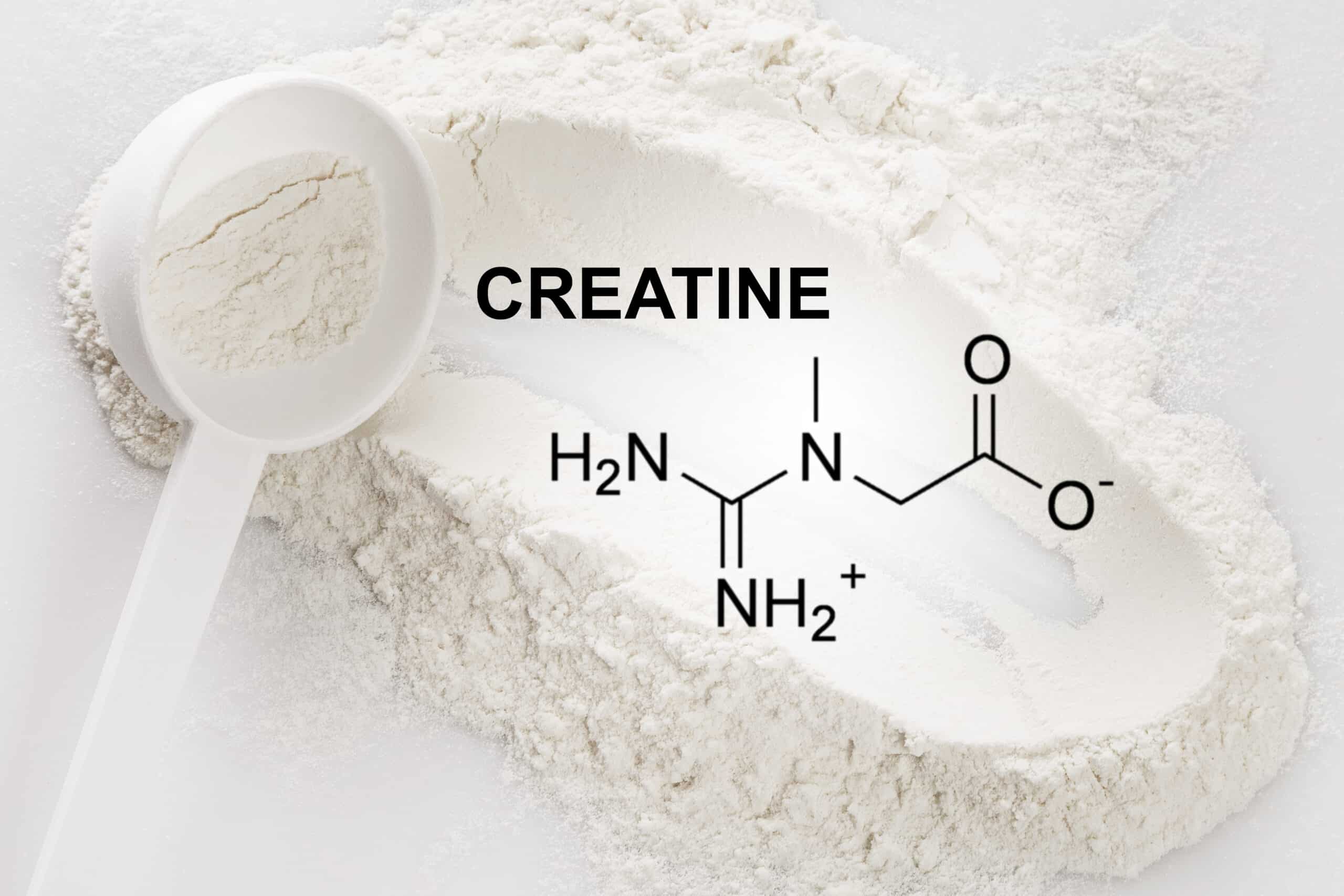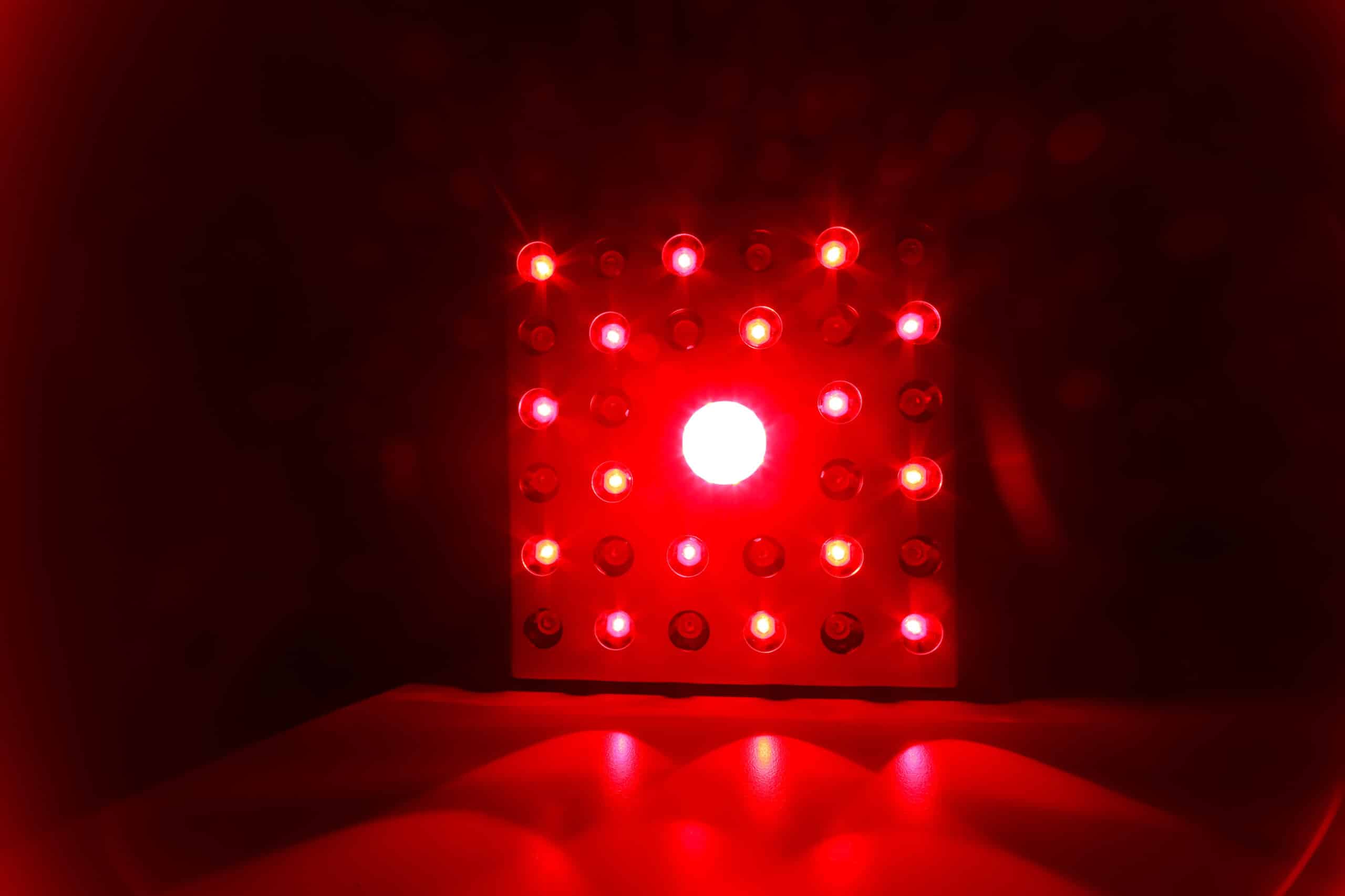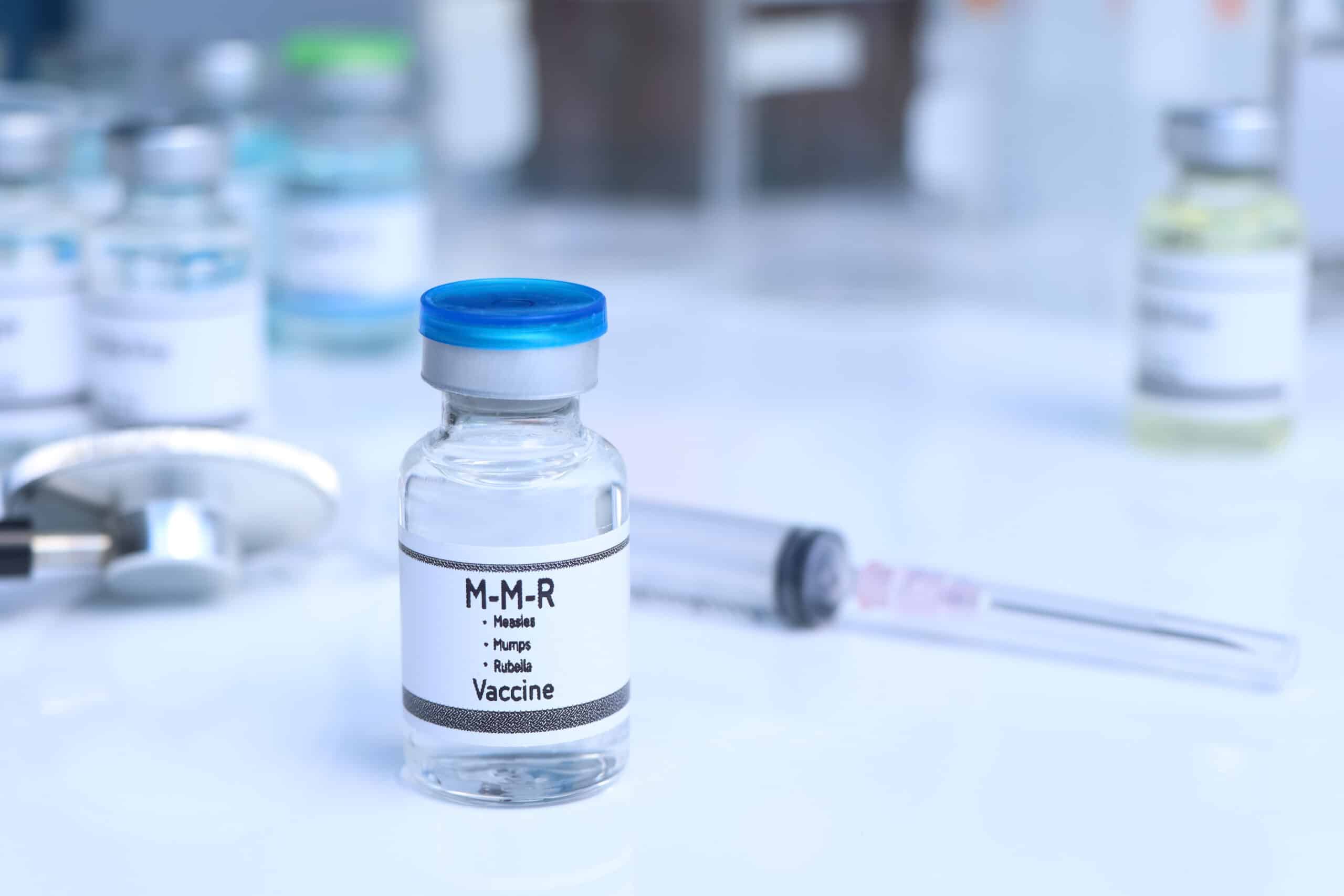Are you concerned that you may have diabetes? If so, you may be searching for answers. How might you have developed the disease? Is there anything you can do about it? And if you don’t yet have diabetes, how can you help prevent it? Before we get into the specifics of diabetes and how to identify the symptoms, causes, and treatment, it’s important to understand that there are two kinds of diabetes: type 1 diabetes and type 2 diabetes. These are entirely different diseases with different symptoms and treatment options.
One of the biggest differences between type 1 diabetes and type 2 diabetes is that type 1 diabetes is something you are born with, and type 2 diabetes is something you develop over time. With type 1 diabetes, your body attacks your pancreas, which prevents your body from producing enough insulin. Type 2 diabetes is more complex than type 1 diabetes since it develops over time. Many risk factors contribute to type 2 diabetes, though none of them specifically cause the disease.
What is Type 2 Diabetes
Unlike type 1 diabetes, which you are born with, type 2 diabetes develops over time. When you have type 2 diabetes, your body cannot properly break down glucose (sugar) in the blood. Essentially, glucose is what your body uses for sugar. You get glucose from the food you eat as well as from your liver. When you don’t have enough glucose in your blood, for example, when you’ve gone several hours without eating or expelled a lot of energy, your liver breaks down glucose and uses insulin to move it to your body’s cells via your bloodstream. But when you have type 2 diabetes, your body doesn’t respond well to the insulin, making it difficult to move glucose to your body’s cells. Without the ability to move to your cells, the glucose (sugar) builds up in your bloodstream.
The most common way to diagnose type 2 diabetes is via an A1C test, which measures blood sugar levels. Normal A1C levels are below 5.7%. A reading between 5.7-6.4 percent is considered pre-diabetic. Getting a score of 6.5% or higher on two consecutive tests will result in a diagnosis of type 2 diabetes.
Causes
Type 2 diabetes is caused by insulin resistance in the body, or when the pancreas stops producing enough insulin. While there is no specific cause for insulin resistance, it’s believed that obesity, extreme stress, pregnancy, inactivity, and steroid use are the primary causes.
Symptoms
The symptoms of type 2 diabetes vary widely from person to person. Some people experience noticeable symptoms, while others can go for years with no symptoms at all. This is why it’s crucial that you keep track of your type 2 diabetes risk factors and overall health, and talk to your doctor if you believe you may be at risk of developing type 2 diabetes.
Some common symptoms include:
- Excessive thirst: When glucose builds up in the blood, it causes fluids to be pulled away from your tissue. This can lead to excessive thirst and more frequent urination.
- Excessive Hunger: When your body needs to move glucose into your cells but is prevented from doing so due to insulin resistance, you may end up feeling depleted of energy. This can manifest as excessive hunger.
- Fatigue: A lack of glucose in your cells can lead to exhaustion and fatigue.
- Blurred vision: With high blood sugar levels, fluids are pulled away from the lenses of your eyes, often causing blurred vision, tired eyes, or the inability to focus.
- Areas of darkened skin: Patches of dark skin around the armpits and neck may be a sign of insulin resistance. This condition is called acanthosis nigricans.
Risk Factors
There are a lot of risk factors that can increase your chances of getting type 2 diabetes. Some risk factors are things you can’t control. For instance, being 45 years of age or older, having a parent or sibling with type 2 diabetes, and being of African-American, Native Alaskan, Native American, Asian-American, Hispanic, Latino, or Pacific Islander American descent are all risk factors for developing the disease.
Other risk factors are things you can control. These include things like being overweight, smoking, not getting enough sleep, and having chronic stress.
Some risk factors have to do with your medical history. You should talk to your doctor about an increased risk for type 2 diabetes if you have:
- High blood pressure, even if it’s under control
- Low HDL (“good”) cholesterol
- High triglycerides
- Polycystic ovary syndrome (PCOS)
- Depression
You may also be at heightened risk if you have given birth to a baby weighing more than 9 lbs. or if you had gestational diabetes while you were pregnant.
Prevention
The best way to actively prevent diabetes is to minimize your risk factors. Focus on the things you can change, like your diet and lifestyle. If you’re a smoker, consider quitting. If you’re overweight, work to get healthy. People who are pre-diabetic can cut their risk of developing the disease by 58% simply by losing 5-10% of their body weight. Focus on eating a healthy, balanced diet and getting more active. It’s also a good idea to get at least 8 hours of sleep every night and work to reduce your stress levels.
Treatment
Treatment for type 2 diabetes varies from case to case. Your doctor may choose to prescribe medications for your type 2 diabetes, or he may require you to take insulin injections. It’s important to measure your blood sugar on a regular basis (usually multiple times daily for those following an insulin regimen). It’s also advised that you follow a diabetes friendly diet, which means ample vegetables (especially leafy green vegetables like kale and broccoli), whole grains, and a minimum amount of red meat and fatty animal products.
If you are concerned you may be at risk of developing type 2 diabetes, contact Peninsula Doctor. We focus on diagnostic and preventative care to help you proactively manage your health care needs.



